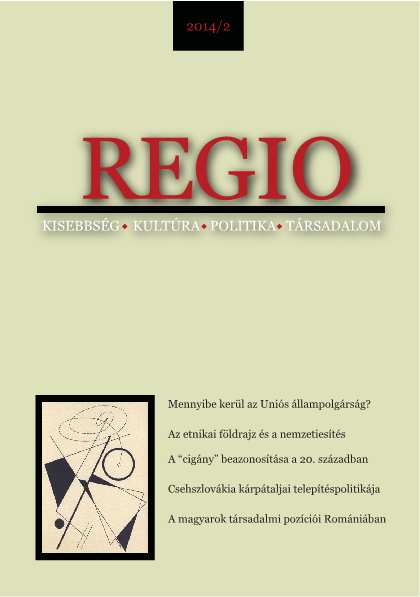
We kindly inform you that, as long as the subject affiliation of our 300.000+ articles is in progress, you might get unsufficient or no results on your third level or second level search. In this case, please broaden your search criteria.

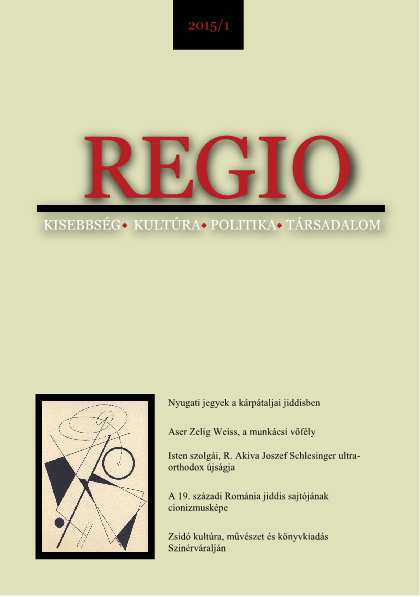
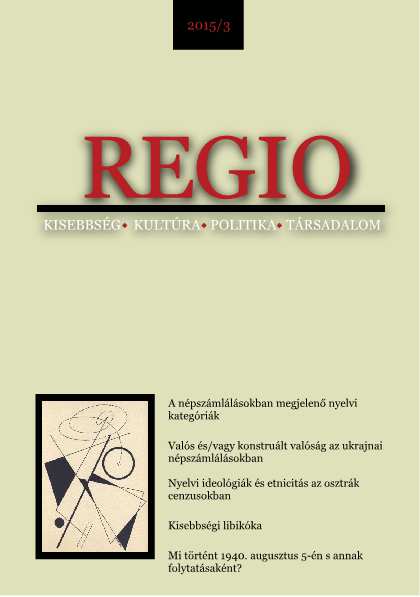
Orosz László: Tudomány és politika. Fritz Valjavec (1909–1960) a két világháború közötti magyar–német tudománypolitikai kapcsolatokban. Budapest, Ráció Kiadó, 2014.
More...
Written by Svetlana Suveică, reader at State University of Moldova, the work Basarabia în primul deceniu interbelic (1918- 1928). Modernizarea prin reforme[Bessarabia in the First Inter-War Decade 1918-1928. Modernization through Reforms]deals with the reforms in the electoral, agrarian and administrative fields in the decadefollowing the joining of the territory between Dniester and Pruth rivers to Romania.First chapter represents a theorization of the meaning of the universal suffrage andexplains the structure of the electoral reform. Thus, it refers to the right of the universal,uniform, direct and secret suffrage and to the complex mechanism that implemented the Electoral Law. However, the investigation seems to be marked by the Romanianhistoriography’s stereotypies, characterized by uncomplete scientific treatment, stilltributary to abstracting and even by neglecting the major guide marks of the history of Bessarabia previous to 1918. An important part is taken by the political parties in interwar Bessarabia and the election campaigns. We consider that the six votings in Bessarabia between 1918 and 1928 do not reflect the Bessarabian inhabitants’ approval for the union act. Because of the coercitivness of the vote, they were rather a manner to accept the de facto situation, meaning the observance of the Romanian legislation and more or less active participation to the state political life.Not without basis, the anti-unionists contested the attribute of Sfatul Ţării to declare for the political future of the Republic of Moldova, and henceforth for the legal value of the act on March 27, 1918. We consider that Sfatul Ţării had no incontestable democratic feature, since it had not been elected by the vote of the whole population.This body had no international recognition, so that it could not pronounce unilaterally in the matter of the union with Romania. The Proceedings for Abolishment of the Romanian-Soviet conflict signed by A. Averescu and C. Rakovski require a serious debate among the historians. The Romanian governments denied the value of this agreement, but the reality still stands: the Romanian prime-minister did not agree to theretreat of the Romanian troops from Bessarabia in accordance with an internationallegal provisions, not even an unclear or debatable one, as the Romanian historiography has presented, this being thus an act that practically is equivalent to the indirect diplomatic recognition of the Soviet state by Romania.The second chapter of S. Suveică’s work deals with the implementation of the agrarian reform in Bessarabia. The author structures the realities and features of the agrarian reform in this province in an argued logical succession and examines the revolutionary feature of the agrarian legislation set up by Sfatul Ţării and its radical characteristic. One should note the main conclusion: the great winner of the Bessarabian agrarian reform was the Romanian state.In the last chapter, S. Suveică approaches the context of the modernization of theadministrative life in Bessarabia through the regulation and appliance of the principle of decentralization. The Romanian state did not promote an effective and consistent policy of decentralization between 1918 and 1925. By establishing the administrative decentralization through the Constitution in 1923, it actually applied centralizing methods. Asa matter of fact, the foremost target of the Romanian politics in the joined territories was not the decentralization, but the administrative unification of them, fulfilled through the simple extension of the laws and territorial-administrative establishments from the Romanian Kingdom. We consider that, as a superior form of administration, the decentralization was in fully existence in Bessarabia only in the years when the province enjoyed the state of autonomy. Unfortunately, Suveică’s work goes rapidly and evasively over this important period and summarizes the idea of Bessarabia’s autonomy to a “speculative one for the forces that opposed the Union’s consolidation”.Svetlana Suveică’s arduous approach turns to good account information less known or even ignored by the common public and the researchers. However, they need several corrections and completions. Some respects, like the Bessarabian population’sattitude regarding the union of Bessarabia with Romania or the state of mind and therelationship with the Romanian administration should be studied thoroughly along withthe Romanian historians from the both banks of Pruth river and essentially be promptlyassumed as objectively as possible by the entire Romanian society.
More...
In December 1922, the nationalist students from the University of Iași embarked on a series of violent acts against Jewish students. These would decisively impact the Iași academic community’s first decade of the inter-war period. A particular case in the context of the disagreements between professors about the presence of Jewish students in the university is illustrated by the Faculty of Law. Promoters of the anti-Semitic ideology were among its ranks, such as A.C. Cuza, from the university department, or the leader of the nationalist students, C.Z. Codreanu. The violent acts orchestrated by them continued every year, which led to the successive closings of Iaşi University. In this context, the Faculty of Law’s position became problematic, as it became associated with the image of a hotbed of anti-Semitic ideology. At the same time, the Faculty was asked to undertake severe measures against the students who had started disruptions in the university. In the first stage of student disruptions, the faculty professors ignored the Senate’s decisions regarding the demonstration leaders. Gradually, especially after 1924, the way in which the Iași jurists were perceived could no longer be separated from the context in which A.C. Cuza’s ideology proliferated among students. Starting with January 1925, some of the University’s faculties were reopened as a result of the tough measures taken against the repeated offenders, who were expelled. The Faculty of Law refused to enforce the expulsions pronounced by the University Senate, a means through which the professors tried to protect the faculty’s prestige. This inevitably led to the Senate’s, but also the Ministry of Education’s, dissatisfaction, who refused to respond to requests of reopening the Faculty. It had become obvious that the faculty’s fortunes would be tied to the way in which it would see fitting to position itself regarding the student riots and the ideology promoted by A. C. Cuza. Most professors believed that solving the Cuza case by sending it to court would also settle the situation the faculty was in. As this did not happen, the Iași jurists deemed the Senate’s attitude towards its own faculty premeditated. In this context, they resorted to an unusual measure: no less than six of the faculty professors submitted their resignation. The Ministry approved it, giving birth to a series of suspicions regarding the reasons behind resignation. The professors shortly backtracked on their resignations. This time, their decision was politically motivated. The whole resignation situation lasted for two years, while the various ministries only approved the return of certain professors, according to their political and institutional partisanship.
More...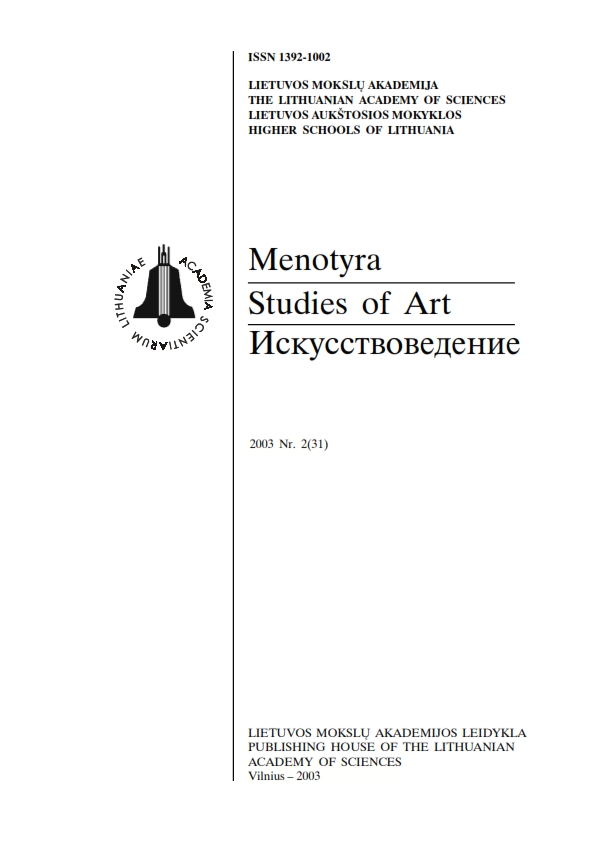
This article opens with the arguments supporting the marginality of the object under research, i.e. the portraits of Lithuanian politicians produced in the interwar years. At the same time, it is shown that the analysis of these artworks allows establishing certain typical traits of the Lithuanian official style of the interwar period.On the basis of the most typical examples, it is demonstrated how the portraits of politicians were interpreted and what means of expression were adopted by the artists.The article shows that in the 1920s portraiture was dominated by the neo-romantic approach, which had its roots in the national rebirth movement of the early 20th century. It further reveals the anachronicity and naivety of the neo-romantic symbolism that became apparent in the artistic life of the 1920s. The article concludes that due to their idealistic nature and intimacy the neo-romantic portraits of politicians did not suit representative purposes. Meanwhile, with the growing strength of the state, the representation motives were gaining increasing importance and forming the need of official portrait.The art of the 1930s exhibited a variety and abundance of politicians' portraits. At that time, a number of symbolically neutral realistic portraits and modern pieces were produced. Neo-academist examples served representation purposes. In specific cases, certain manifestations of personality cult became apparent. However, at the same time the portraits of Lithuanian politicians displayed a variety of styles. The dominance of neo-traditional features in the official style was determined largely by the general requirements of monumentality as well as by the tendencies in European art, as the top state officials did not have any specific aesthetic preferences.
More...
This article discusses manifestations of national mass culture that were inspired by the national politics of the young state. On the basis of archival material and periodical publications of the 1920-30s, attempt is made to expose various manifestations of the national movement and to determine their roots and characteristics of spread. The aspects that have left the deepest mark on Lithuanian culture are chosen for analysis. Much attention is devoted to the fashion of wearing the national costume, which stimulated the rise of folk crafts, and to the reborn interest in national dance, national foods, and national-style handwork. Furthermore, the article provides an account of the encouragement of artistic activity among the scouts and rural youth grouped into Circles of the Young Farmers, and considers the issues of consistent romantization of the state's past and introduction of the cult of national heroes, which were viewed as subjects promoting patriotic feelings.The conclusion is made that the national movement engaged various groups of society and developed the stereotypes of the 'own' culture within the consciousness of the people. The civic consciousness of the citizens of the Republic of Lithuania manifested itself during important historical moments (e.g., when the country was represented at world exhibitions ordinary citizens could express their opinion about them). The author holds the view that today it is important to be aware of the efforts made in the interwar years by public figures to return the national peculiarities to the culture of that time and to revalue them.
More...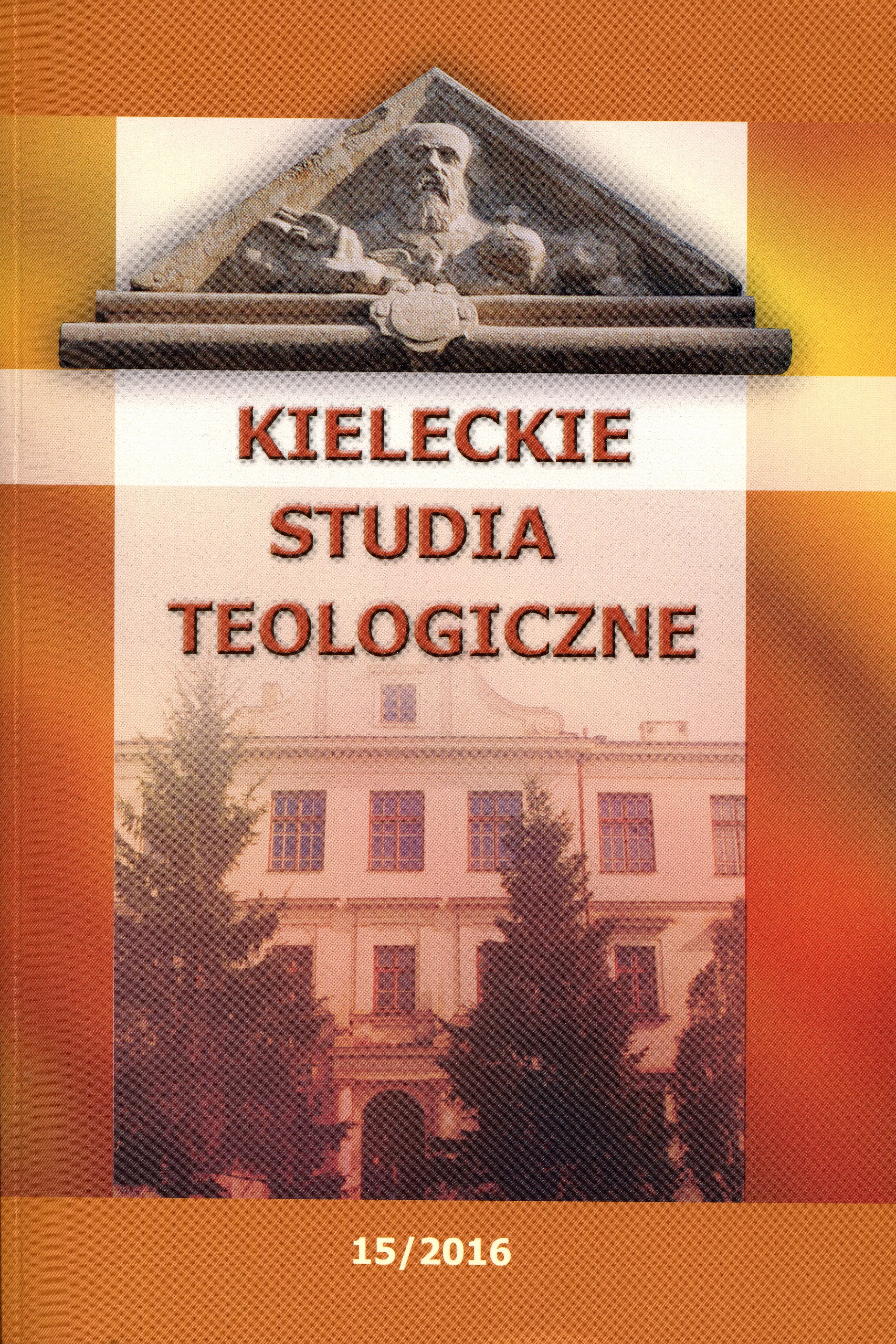
Jewish settlment in the Kielce region began to a greater extent at the end of the 17th century. In the 19th and 20th centimes the number of Jews in the region rapidly grew and an economic expansion of the Jewish community took place. At the brink of Polish independence and in the years that followed, the economic plane remained the basic field of Polish-Jewish relations. Competition in that field often caused tensions and, sometimes, generated open conflict. Other aspects of life, such as socializing, social and cultural activity were lead separately. The both communities lead their lives in voluntary isolation, which was being cemented by the two different systems of beliefs (Christianity and Judaism), as well as by a hundreds of years of tradition.In the period of the Second Polish Republic in the Kielce region, two waves of worsening of the Polish-Jewish relations could be observed. The first one took place during the period of setting the framework for the independent Polish state in the years 1918-1921. At that time the national aspirations of the Poles and Jews collided. The Jews aimed at achieving a wider autonomy in Poland (as well as in East-Central Europe generally), must have been met with a counter action on the Polish part, which aimed (or at least some of its political movements) at strengthening and consolidating the state. Some role in the outburst of social unrest was certainly also played by the attitude of some Jews (mostly the Communist followers), as well as by the difficult material situation of the people. Some more significant anti-Jewish disturbances were recorded in some towns such as Częstochowa, Wolbrom or Olkusz.The second wave of social unrest, far more intensive than the first one, took place in the mid 1930s. The ground for these tensions was provided by the economic crisis, which resulted in an increased competition between Polish and Jewish enterpriseand increasingly difficult material standing of the people. Additionally, national movements on both sides had developed (the National Camp and Zionism). In the years 1935-1937 there have been disturbances of an anti-Jewish background. The most well- known oftheose remain the disturbances in Odrzywół (1935), Truskolasy (1935), and Przytyk (1936). In the years 1935-1939 there have been 277 assaults on Jews, during which 388 people were beaten up, 232 homes were devastated (to a greater or lesser extent) and over 6000 windows were broken. Although the relations, especially in the times of increased tensions, had not always been perfect, the Jewish citizens enjoyed a lot of freedom, which is indicated by the lush development of social and cultural life of the Jewish community in the Kielce region. Dozens of magazines were being published, 19 ofwhich were written in Yiddish; 217 Jewish associations were active,numerous Cheiders and yeshivot and Jewish high schools, as well as theatres, libraries and sports clubs were open.
More...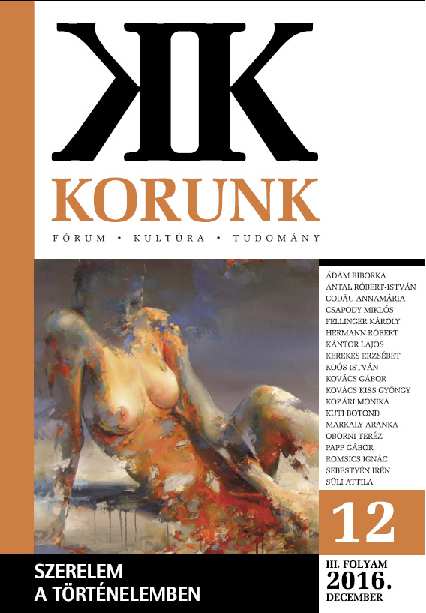
Count István Bethlen was one of the most outstanding Hungarian politicians in the 20th century. From the moment he was elected to Parliament in 1901 until the end of WW II, “making politics” was an integral part of his life. Between 1901 and 1918 he was a regional politician with peculiarly Transylvanian traits, from 1921 to 1931 he was Prime Minister of Hungary; and subsequently, until 1944, the leading representative of the anti-Nazi and pro-Western political orientation. At the end of 1944 he was captured and in 1945 transported by the Russians to Moscow where he died in 1946. Ignác Romsics, who is the author of the first comprehensive and authoritative biography on Bethlen, deals in his essay with an aspect of the politician’s private life: his liaisons of love. Although he is very sceptical about the gossip according to which the young Bethlen had an illegitimate child before his marriage of 1901, he does confirm that from the late 1920s the politician really had a sweetheart: Countess Andor Pál Széchenyi born Baroness Mária Szegedy-Ensch. In spite of their long lasting and known attachment Bethlen did not divorce. After some years his wife, Countess Margit Bethlen accepted the situation and she also found a companion. The article is concluded by citations from Bethlen's letters sent to his lover from the Russian house arrest.
More...
The author points out interesting data pertaining to the office of executioner in the Kingdom of Serbs, Croats and Slovenians, and other European states. As state executioner had been retired, Egidij Fuks applied to be elected to the office of executioner who will carry death sentences in the Kingdom of Serbs, Croats and Slovenians. The text offers insight in the motives and circumstances of his application, as well as the context in which the new executioner has been elected.
More...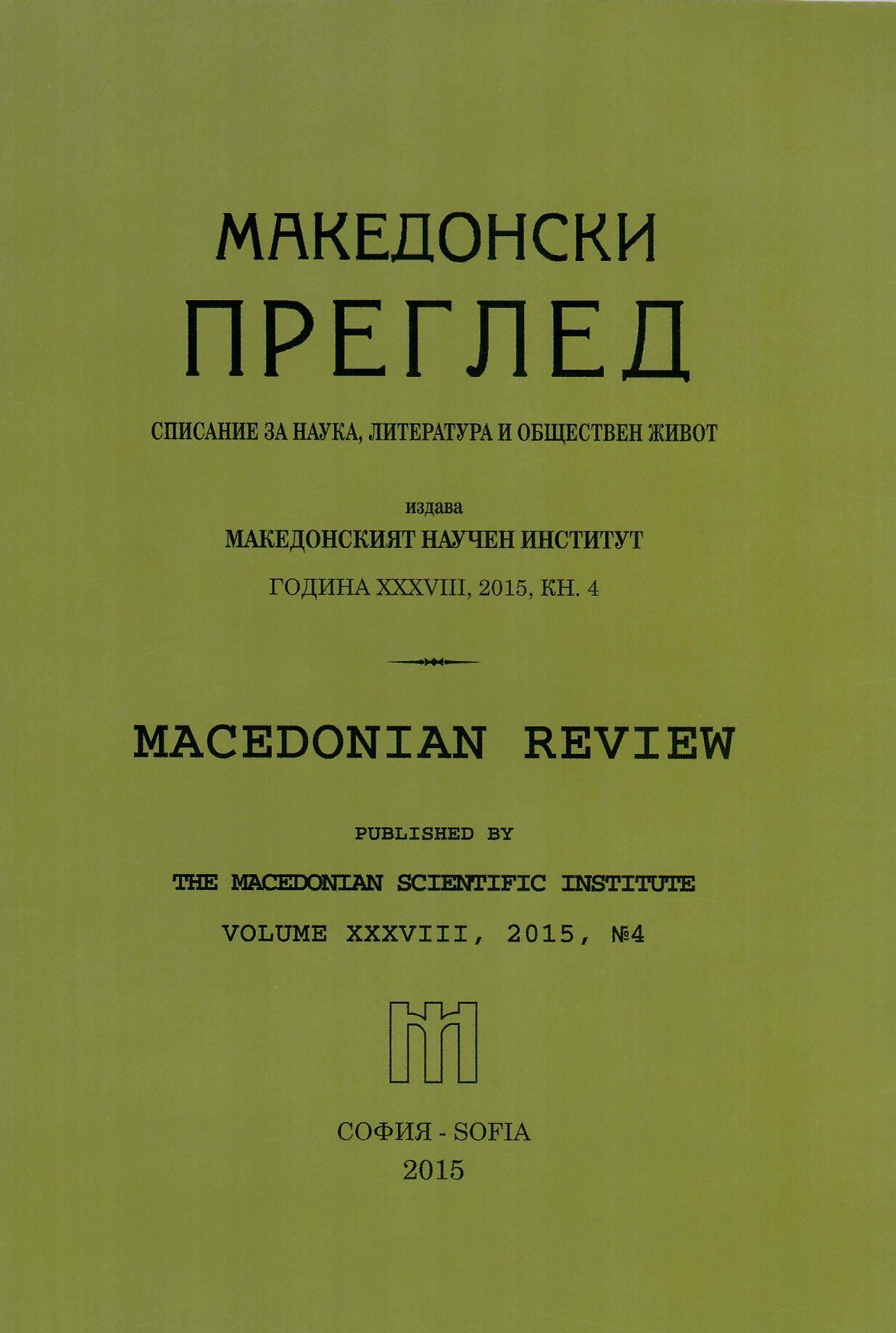
Local people from the area of the Greek-Bulgarian armed conflict in October 1925 because of military weakness of Bulgaria carried the brunt in defence of the state border. They did not allow the Greeks to penetrate deeper into Bulgarian territory. From the first days of the conflict, IMRO played significant role in events with its combat units – bands and peasant militia.
More...
The main author's purpose is to present analytically and evaluate the anniversary historical event from different perspectives. This option opens by introducing tools inherent to international law, the knowledge of conflicts and political science in general. The research tasks are in three directions: Clarifying the nature of inter-state conflict to focus its major phases and emphasizing the reasonable direction of Bulgarian foreign policy, the unity of all the major national factors in the development of the conflict, and also led by the “spirit of Locarno” effective peacekeeping intervention of the League of Nations.
More...
The European press reflects broadly the developments in Petrich in 1925. As if to wash the image of the great powers of the injustice to Bulgaria, now the press expressed sympathy and support of the Bulgarian cause. This general opinion in many European newspapers is accompanied by explaining the aggressive policy of the Greek authorities against the Bulgarian population in Aegean Macedonia – closure of schools, churches, expulsion of priests and teachers, not recognition of minority rights.
More...
In the archive there are original archival material (161 sheets) relating to the events of October 1925 in Petrich region that probably came to General Todorov when he was appointed Regional Manager of Petrich after developing conflict at the border. On documents there is no detected handwriting, signature or an explanation of the general himself.
More...
Former Kyustendil district until 1919 included 37 villages that after 1920, under the Treaty of Neuilly, remained outside Bulgaria. To Serbian territory entire municipalities have passed: Bistar, Bozhitsa, Bosilegrad, Brestnitsa, Gorna Lisina, Dolna Lyubata, Tzarnoshti-ca; three villages of the municipality of Izvor, two of Bobeshino, one of Dragoychintsi. Bulgarian oikonym system in the early twentieth century undergoes numerous changes – a large number of local names go out of his composition.
More...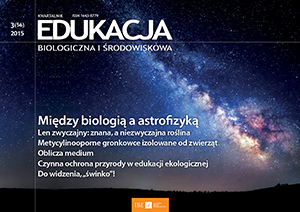
the reproduction of arthropods in a complicated way. It uses a wide range of mechanisms to manipulate the reproductive cycle of its hosts. Wolbachia by all means tries to reduce the number of males in the population of arthropods for the benefit of the preferred females, so that they can pass endosymbionts on to the new generations in the oocyte cytoplasm. Wolbachia extraordinary abilities have lately become a subject of research, as according to scientists such predispositions of the bacteria can be helpful in battling serious diseases transmitted by arthropods.
More...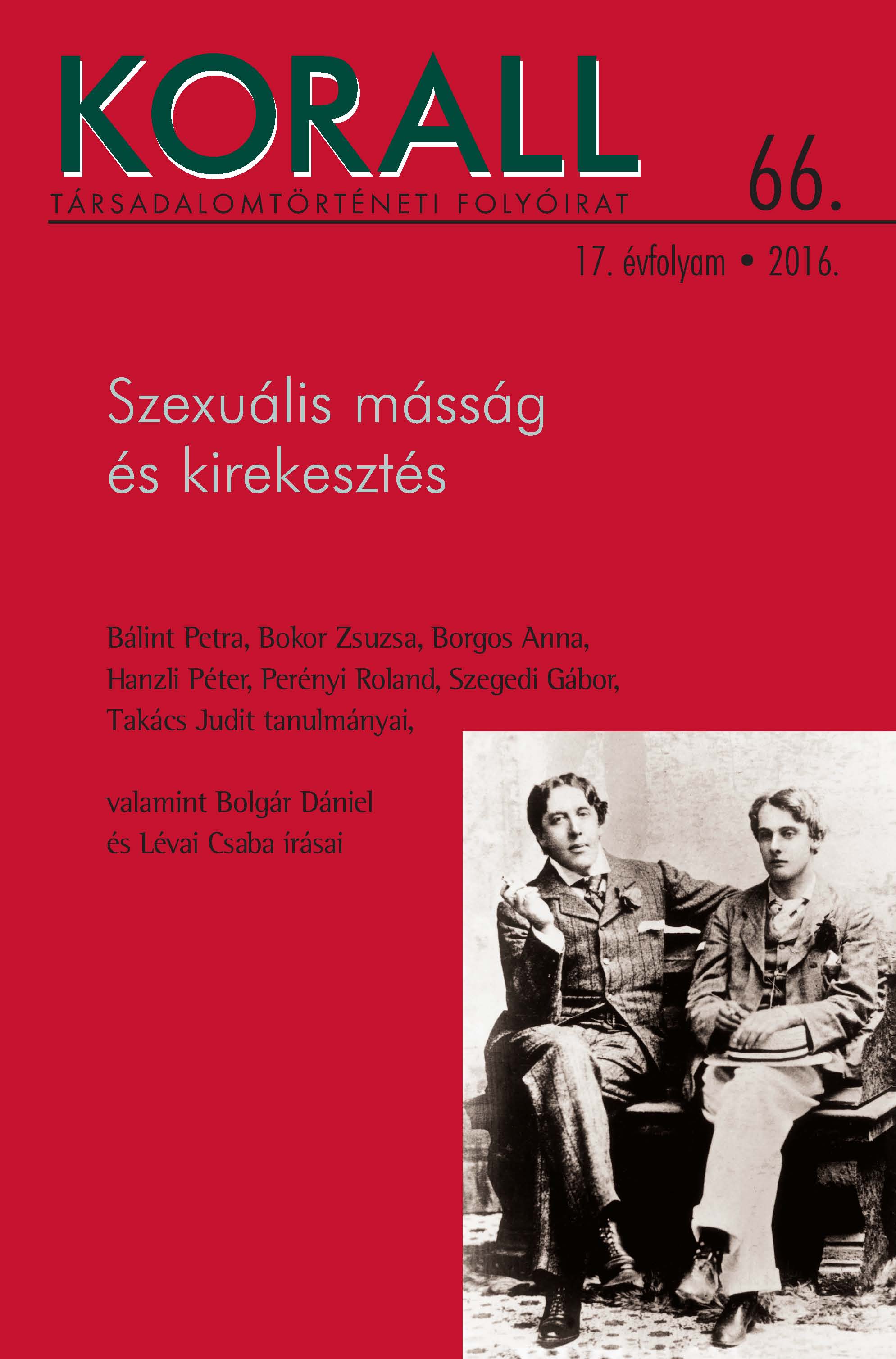

Godina 1926. iznimno je važna u Krležinu književnom razvoju. Nakon povratka iz Sovjetskog Saveza u proljeće 1925. on intenzivno radi na završnim poglavljima putopisno-esejističke knjige Izlet u Rusiju 1925. Već su i pojedinačni fragmenti te knjige, objavljivani od kraja 1924. u novinama i Književnoj republici, privukli veliku pozornost javnosti; pojava knjige sredinom 1926. još je više izbacila Krležu u žarište javne pozornosti. Osim te putopisne knjige Krleža je te godine objavio još tridesetak književnih, likovnih i političkih eseja, te vodio niz polemika od kojih su najvažniji svakako njegovi oštri polemički tekstovi kojima je popratio zaokret Stjepana Radića i Hrvatske republikanske seljačke stranke udesno, odustajanje od članstva u Seljačkoj internacionali, napuštanje republikanske koncepcije i ulazak u kraljevsku vladu.
More...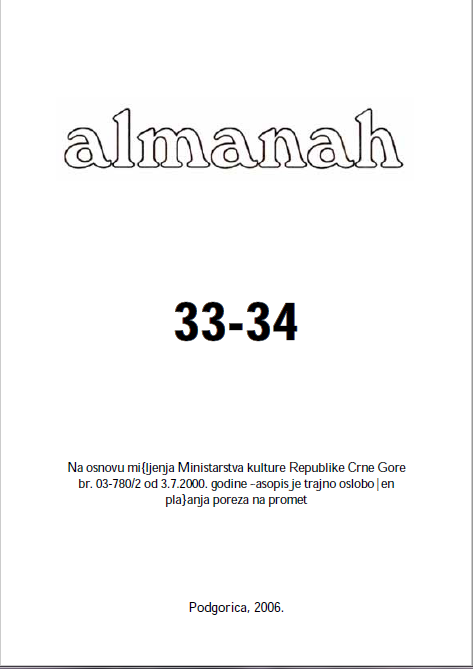
Milovan Đilas, (Podbišće, Kolašin, 4.VI 1911 - Beograd, 20. IV 1995) pripada plejadi najznačajnijih ličnosti komunističkog pokreta Titove Jugoslavije, istovremeno i njen najveći disident. U biografijama mu obično piše da je bio revolucionar, političar, general, književnik, publicista. Otac mu je bio crnogorski, pa jugoslovenski oficir, majka domaćica. Osnovnu školu završio u Podbišću i Kolašinu, gimnaziju u Beranama. Upisao je filozofiju i pravo na Beogradskom univerzitetu 1932. kada se povezuje s ilegalnom organizacijom SKOJ-a. Aprila 1933. primljen je u KPJ. U avgustu 1933. je uhapšen i ispitivan u zloglasnoj Glavnjači. Pošto ništa nije priznao, osuđen je na pet godina zatvora. Robijao je u Sremskoj Mitrovici, gdje je uspio da prevede tri romana Maksima Gorkog i deset njegovih pripovijedaka, kao i Miltonov Izgubljeni raj i sve to ispiše na toaletnom papiru. Iz zatvora je izašao početkom 1936. godine, pošto je pomilovan.
More...
The first public organization of Ukrainian political emigration in the Kingdom of Serbs, Croats and Slovenes was established in 1922 in Zagreb. It was the Ukrainian society Prosvita. Several regional branches were established subsequently, including in Belgrade. The number of members of branches was bigger than in the central organization in Zagreb. Therefore, in early 1928, Belgrade became the seat of the central organization Prosvita. Its council included representatives of different social and political environments – supporters of the hetman P. Skoropadsky and the Government of the UPR in exile. This fact has led to sharp contradictions between them. Some members withdrew from Prosvita and formed the Ukrainian community. In June 1932, the Serbian authorities banned the activities of Prosvita in Belgrade. The initiator of the restoration of the central organization was the branch of Prosvita in Zagreb. In the early 1930s, the number of its members increased annually due to the arrival of Ukrainians from Eastern Galicia Ukrainian and Ukrainian emigrants from different European countries to study at the local university. In June 1933, a new statute of Prosvita was adopted, and the Croatian authorities approved it. Then, the organizational structure of Prosvita began to develop actively, mainly in Bosnia and Croatia. In 1937, Prosvita had eight branches and several offices. The total number of its members reached one thousand people. Rusyns and Ukrainians who came to the region in the middle of the 18th – 20 th century prevailed among them. The Ukrainian emigrants from Eastern Galicia and Dnieper Ukraine formed the minority. Prosvita in Zagreb ceased to exist in 1941.
More...